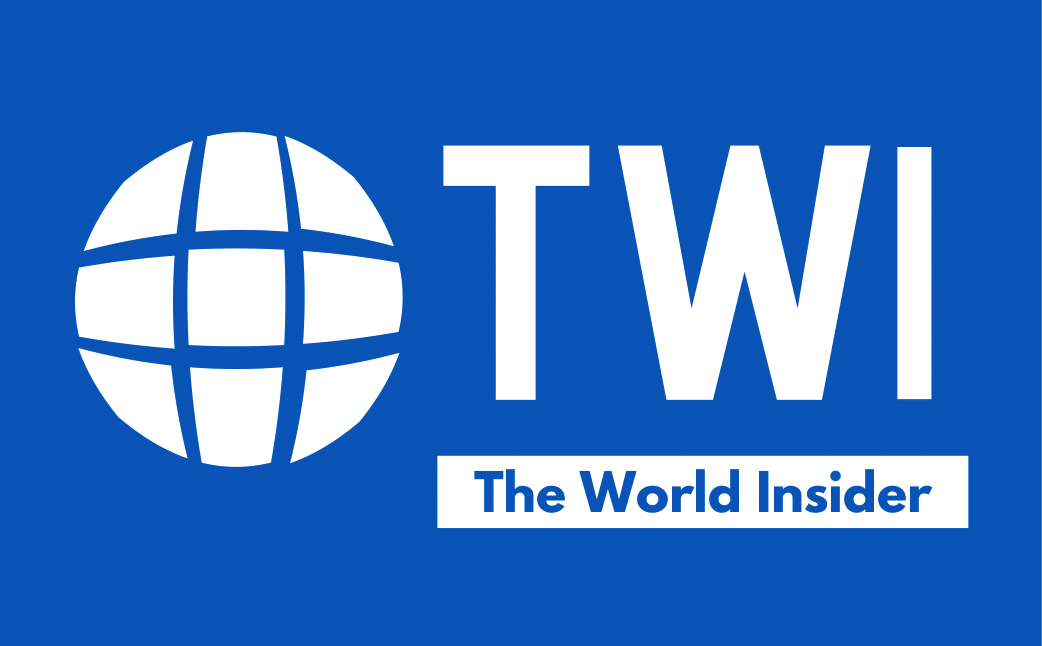United States and Australia have strengthened their partnership with a renewed commitment to collaboration in critical sectors from defense and technology to their joint efforts in addressing the issue of climate change.
During his visit to Washington, D.C, the Australian Prime Minister Anthony Albanese Albanese held detailed meetings with U.S.President Biden and discussed an array of topics including the AUKUS defense pact, climate change and ongoing Israel-Palestine conflict.
President Biden described Australia as “an anchor to peace and prosperity” particularly in the Indo-Pacific. The two countries are deepening their alliance that’s increasingly viewed as a critical counterweight to China’s influence in the Pacific.
President Biden met with Prime Minister Albanese in the Oval Office to strengthen the U.S.-Australia alliance and discuss key priorities – including advancing a free and open Indo-Pacific, supporting Ukraine, and standing with Israel in the wake of Hamas’ terrorist attack. pic.twitter.com/0BtRkN6yIh
— The White House (@WhiteHouse) October 25, 2023
AUKUS partnership
The United States also plans to provide nuclear-powered submarines to Australia in the coming years under the trilateral AUKUS partnership between Australia, the United Kingdom, and the United States. “We renewed our commitment to defend the values that are at the heart of this alliance,” Biden said. “We continue to stand as one to forge a better future for both of us and all of the region.”
“We are ensuring the Indo-Pacific remains free, open, and prosperous and secure, including through our historic AUKUS partnership with the United Kingdom,” Biden said.
Australian prime minister said that in his discussions with President Biden he discussed the progress on Australia’s acquisition of nuclear-powered, conventionally armed submarines. “We are conscious that this is only the second time in history that the United States has shared this technology. And this fact speaks to the deep trust of our alliance and the significance of the challenge that we face together.”
We are working with our friends in the United States Congress to ensure successful delivery of AUKUS. pic.twitter.com/RrCJwfUMfS
— Anthony Albanese (@AlboMP) October 26, 2023
He said that Australia appreciates the Biden administration’s efforts to operationalize AUKUS defense pact. “AUKUS will drive innovation and cooperation to provide the United States, Australia, and the United Kingdom with improved capability to help secure peace and stability in the Indo-Pacific,” Albanese added.
U.S. and Australia strengthening alliance
President Biden and Prime Minister Albanese inaugurated a new era of U.S.-Australia strategic cooperation in Washington, D.C. on October 25. Here are the key points on new areas of cooperation:
Advancements in Innovation:
Australia and the U.S. have announced partnership in new technology, from medical research to AI. Australian prime minister welcomed Microsoft’s $5 billion additional investment in Australia.
- The two sides announced deepening cooperation in various fields, including biotechnology, advanced batteries, quantum computing, cybersecurity, and more.
- A $3 billion investment in Australia by Microsoft, which will expand the company’s data center and Artificial Intelligence (AI) infrastructure in Australia over the next two years, train more than 300,000 Australians with the skills required for a cloud and AI-enabled economy.
- Partnership between the U.S. National Science Foundation (NSF) and Australia’s Commonwealth Scientific and Industrial Research Organisation (CSIRO), including $16.3 million for climate and clean energy research, and $6.2 million in grants for AI partnership.
- Signing a new Technology Safeguards Agreement to support American space companies launching vehicles from Australia.
- Initiating an artificial intelligence initiative among national laboratories to address significant challenges, such as fighting hunger, curbing pandemics, predicting natural disasters, and tackling cancer.
- The two leaders encouraged further joint commercial investment across all sectors, including space situational awareness and commercial space stations.
Climate Change Action:
U.S. and Australia announced to make climate and clean energy cooperation the third pillar of their alliance.
- Establishment of the Climate, Critical Minerals, and Clean Energy Compact to enhance climate cooperation alongside defense and economic ties.
- Creation of a Critical Minerals Taskforce to secure critical minerals supply chains.
- Investment in sustainable infrastructure in the Pacific Islands, including $65 million for a subsea communication cable to enhance connectivity.
- Modernization of funding for small- and medium-sized businesses in the Indo-Pacific to facilitate the transition to clean energy.
Building economies
The two countries are also building stronger economies and fueling the spark of innovation that will help uplift people in Indo-Pacific and all around the world. “We’re pioneering new advancements in innovation that is deepening our cooperation in fields like biotechnology, advanced batteries, quantum computing, cybersecurity, and a lot more,” the U.S. president said.
“Australia and the United States have stood together for more than a century … We work together to promote peace and security across the Indo-Pacific, to uphold the stability which has generated unprecedented economic opportunity for the nations and the people of our region,” Prime Minister Albanese said. The third pillar of the U.S.-Australia alliance is to “seize economic opportunities of clean energy” and meet the global challenge of climate change. “It is our people who will train together, side by side, to service the next generation of our submarines and defense technology,” Albanese said.
The U.S.-Australia Alliance is more critical than ever.
— President Biden (@POTUS) October 28, 2023
This week, we made important progress ensuring tomorrow will be better than today.
And it’ll be more free, more fair, and for all people, because we have the power to make it so. pic.twitter.com/82f8JBr2s0




